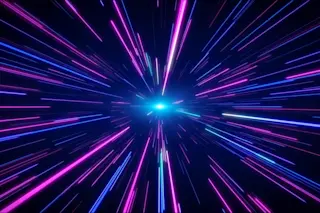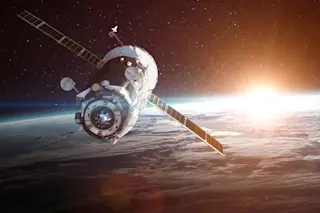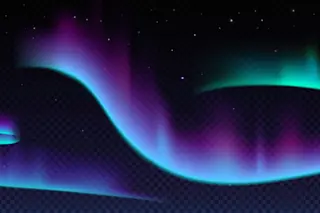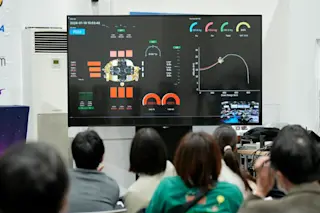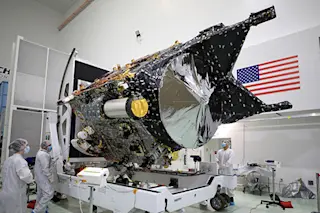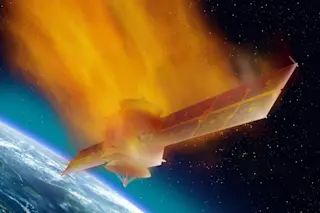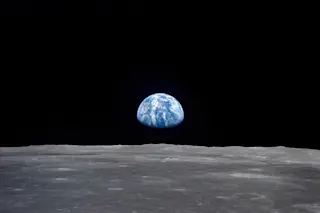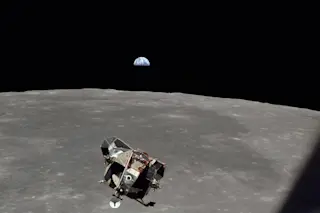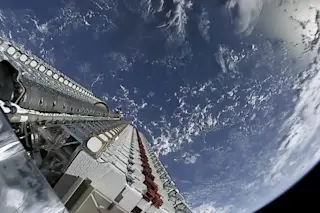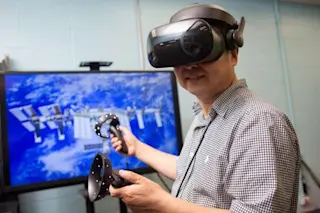Back in 1994, the Mexican physicist Miguel Alcubierre proposed a way for spacecraft to travel faster than the speed of light. Instead of accelerating the spacecraft across a region of spacetime, his idea was to contract spacetime ahead of it and expand spacetime behind it. In this scenario, the spacecraft sits in a flat bubble of spacetime that experiences little acceleration.
The laws of physics that govern this behavior are Einstein’s field equations for general relativity. And they are fearsomely complex. Nevertheless, Alcubierre came up with solutions that allow this kind of faster-than-light motion in an imagined device now known as an Alcubierre Drive.
This solution came with significant caveats, however. For example, it requires negative matter that can support a negative energy density. The absence of any evidence that negative matter can exist throws some doubt on whether such a device could ever work. Another problem is maintaining such ...


